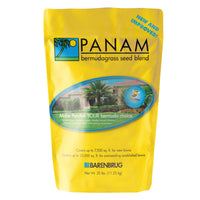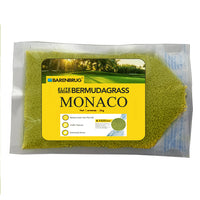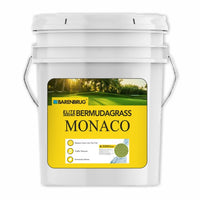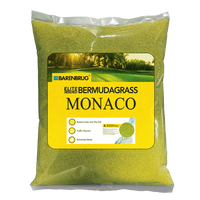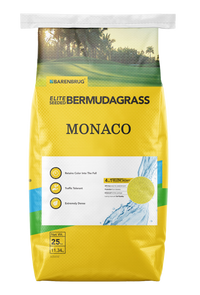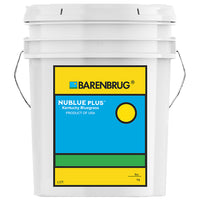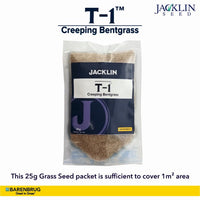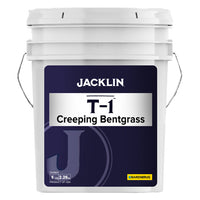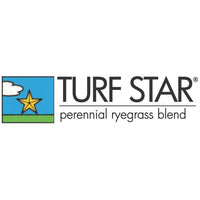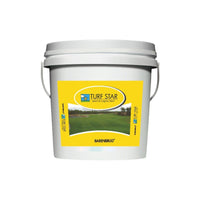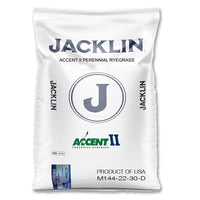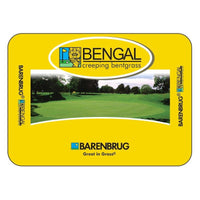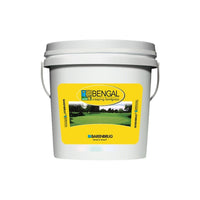Step onto a golf course, and the first thing that catches your eye is the grass. Perfectly trimmed greens, lush fairways and neat roughs don’t happen by accident—they’re the result of meticulous turf care backed by the right machines.
In India, maintaining golf turf is even trickier. Hot summers, heavy monsoons and varying soil conditions make it a constant battle to keep grass healthy and playable. That’s where turf machines come in. From reel mowers that give greens silky smoothness to sprayers and spreaders that keep turf nourished and disease-free, every machine has a role to play.
This guide walks you through the essential turf machines for Indian golf courses, what they do, and how to choose wisely.
Hover Mower – The Slope Specialist

Hover mowers float on a cushion of air, gliding over slopes, banks, and tricky corners where regular mowers struggle. They’re lightweight, easy to manoeuvre, and perfect for trimming around bunkers and water hazards.
What to keep in mind: They’re not built for large areas or tall, thick grass. Think of them as a specialist tool, not your main mower.
Golf Carts – The Movers
Not exactly turf machines, but golf carts are the backbone of any course. They move players, staff and sometimes even tools across sprawling grounds.
Golf Carts – The Movers
Not exactly turf machines, but golf carts are the backbone of any course. They move players, staff and sometimes even tools across sprawling grounds.
Electric carts are quiet, eco-friendly and low-maintenance, beyond player transport, many courses also rely on utility carts—sturdier versions designed to carry equipment, fertilizers or maintenance tools. They save time, reduce labour and keep operations running smoothly.
When buying, consider seating capacity, terrain suitability and after-sales support to ensure long-term reliability.
Back Lapping Machine – Keeping Blades Sharp
Reel mowers (used on greens and tees) need razor-sharp blades. That’s where back lapping machines step in. They sharpen blades by lapping them backward against a compound, extending blade life and ensuring clean cuts.
Why it matters: Dull blades don’t cut grass, they tear it—making the turf uneven and more vulnerable to disease. Back lapping keeps blades sharp, ensuring clean cuts, healthier turf and reduced regrinding costs.
Verticutter – Fighting Thatch Build-Up
Thatch (dead grass and roots) chokes turf by blocking water, air and nutrients. A verticutter slices through turf with vertical blades, removing thatch and encouraging healthy regrowth.
Best practices:
- Use during active growth (spring/late summer)
- Adjust blade depth carefully
- Water and fertilize afterward for recovery
For India’s fast-growing grasses, Verti cutting once or twice a year keeps turf firm and playable.
Scarifier – The Heavy-Duty Cleaner
Scarifier dig deeper, removing not just thatch but also moss, weeds and compacted soil. They’re especially useful on fairways and roughs that face heavy traffic.
Tip for Indian courses: Choose a scarifier based on course size—walk-behind for smaller courses, tractor-mounted for larger ones.
Sprayers – Precision Care
Sprayers distribute fertilizers, fungicides and pesticides evenly across the turf. They’re crucial for disease prevention, especially during India’s humid monsoons.
- Manual sprayers are good for spot treatments.
- Motorized sprayers save time on larger areas.
Before buying, check tank size, nozzle options and ease of calibration. A well-calibrated sprayer ensures the right dose—too little is useless; too much can burn the turf.
Fertilizer Spreader – Feeding the Grass
Uniform growth across greens and fairways is impossible without a fertilizer spreader.
- Broadcast spreaders throw fertilizer in a wide area—great for large areas.
- Drop spreaders are precise—perfect for greens and tees.
Aerator Machine – Breathing Life in to Soil
One of the most overlooked yet critical turf machines is the aerator. Golf turf suffers from compaction—caused by foot traffic, carts and machinery. Compacted soil suffocates roots, limits water penetration and weakens turf.
Aerators solve this by punching small holes in the soil, allowing air, water and nutrients to reach the roots. The result? Stronger turf that recovers faster and stays greener.
Best practice: Aerate at least once or twice a year, especially before peak playing seasons. Always follow up with topdressing and irrigation for best results.
Reel Mower – The Green’s Best Friend
If there’s one machine a golf course can’t do without, it’s the reel mower. Unlike rotary mowers, reel mowers cut like scissors, leaving turf clean and smooth. That’s why they’re the gold standard for putting greens and tees.
Benefits:
- Ultra-low cutting heights
-
Healthier turf with less stress

- True ball roll and professional finish
Yes, they need more maintenance, but if you want tournament-quality greens, reel mowers are non-negotiable.
Rotary Mower – The Workhorse
Rotary mowers use fast-spinning horizontal blades and are better suited for fairways and roughs where grass is taller. They’re durable, easy to maintain and can handle tough conditions—like India’s rapid monsoon growth.
Difference from reel mowers: Rotary blade is about speed and volume; reel blade is about precision. Both are essential on a course.
Brush Cutter – Tackling the Edges
Brush cutters are handheld machines that clear tall grass, weeds and shrubs. They shine in hard-to-reach areas—around trees, water bodies or steep slopes.
Pro tip: Look for multi-attachment models that can trim, edge, and cut to get the most value.
Chainsaw – Tree Management Made Easy
Trees add beauty and strategy to a golf course, but fallen branches or overgrowth can become hazards. Chainsaws are must-haves for pruning, clearing storm damage and keeping landscapes safe.
- Petrol chainsaws = power and endurance
- Electric chainsaws = quieter and lighter
Zero Turn Mower – Speed and Precision Combined

Zero turn mowers can pivot 360° on the spot, making them incredibly fast and precise. They’re perfect for mowing around bunkers, trees and water hazards without missing patches.
Why they’re loved:
- Save time on large fairways
- Superior manoeuvrability
- Comfortable for operators
They are pricier than normal rotary mowers but pay off in time, labour savings and lower maintenance.
Tips for Maintaining Turf Equipment
Buying the best machines is just step one—keeping them in shape is what really matters.
- Sharpen blades often: Dull blades stress turf.
- Clean after every use: Remove grass clippings, mud and debris to prevent rust and wear.
- Follow hour-based service schedules: Stick to the maintenance service schedule (oil change, filter replacement, blade sharpening, etc.) based on machine hours for longer life.
- Store smartly: Keep machines dry and covered during monsoons and away from direct sunlight to avoid overheating and damage in summers.
- Trained staff: Well-trained operators reduce breakdowns and accidents
Conclusion
A great golf course isn’t built on design alone—it’s built on maintenance. And maintenance is only as good as the machines behind it.
In India, where climate challenges are real, choosing the right mix of turf equipment is key. Reel mowers, rotary mowers, sprayers and fertilizer spreaders form the core, while hover mowers, brush cutters and chainsaws add finishing touches.
The secret lies in balance—investing in machines that fit your course’s needs, maintaining them well and using them at the right time. With the right toolkit, any golf course can deliver greens that are not only beautiful but also a joy to play on.
FAQs

